With self-discipline, most anything is possible. ~Theodore Roosevelt
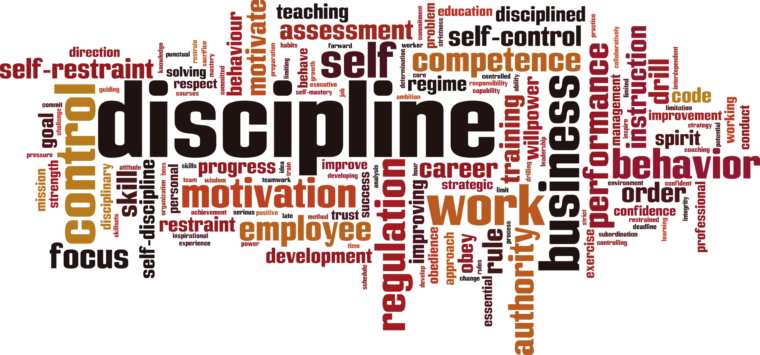

Sleep is crucial for optimal learning and good academic performance.

What it takes some people 80 years to accomplish, Kobe Bryant achieved in forty-one. He exemplified the power of intention and focused attention.
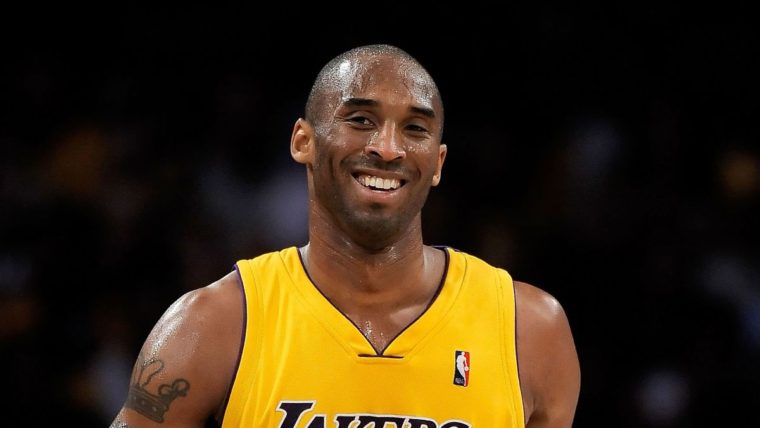
“I didn’t feel good about myself if I wasn’t doing everything I could to be the best version of myself.” ~ Koby Bryant
He started playing basketball at three years. When he was six, his father retired from the NBA and moved their family to Italy to be able to continue playing at a lower level. While there, Koby began to play basketball on a serious level and his grandfather kept him supplied with videos of NBA games for him to study.
At the age of 13, his parents returned to the United States for good. Koby recalls his days of being an insecure little boy, with no friends. On top of that, he said,
“I couldn’t spell, so the teacher told my mother that I was probably dyslexic, it was like somebody took me and dropped me in a bucket … in a tub of ice-cold water, because it shocked me.”
His mother made sure he got the help he needed.
It was then that he decided to channel his anger from the challenges and frustrations of dyslexia into sports and went on to become one of the NBA’s all-time exceptional players.
He made a deal with himself to stay focused on his goal and not be distracted by anything. He resolved to work hard every day, so that he could retire with no regrets, when that time came.
Kobe had an excellent work ethic and pushed himself to live the best way he knew how. Because he was super-focused on his craft, the world became his library. He looked at everything with this question in his mind, “How can this help me to become a better basketballer?”
He believed in playing with structure… with discipline. He believed in self-competition… always asking himself, “Is this the best I can do?”
Another concept he held was that you can learn more from your failures than your successes. He said that, “True strength comes from your vulnerability.”
He would review previous games with one of his coaches, then while playing, he was able to slow the game down in his mind and position players for optimal results. (a dyslexic strength) When a weakness emerges, the answer is there if you look at it.
With all his successes, he took time to be kind to those who would never be able to reciprocate. Did you know that he made over 200 Make A Wish kids’ dreams come true?
Here are 10 of his rules for success, gleaned from his various speeches:
He had an insatiable desire to learn more.
Listen to his final motivational speech here.
Which rule would you choose to motivate a struggling child in your life?
The one constant about dyslexia is its inconsistency. Each child’s encounter is unique. Even when two children have difficulty in the same area, reading for example, their struggle has different nuances.
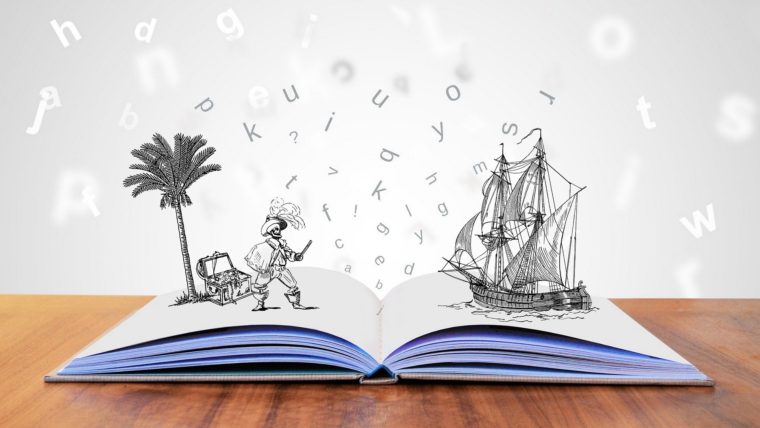
Listen to dyslexic 2nd-grader, Maya, talk about her reading challenges.
Now, Jade gives a heartbreaking account of her 8th-grade dyslexic reading experience. Look through her eyes here.
Yesterday, you walked through one day at school with Henry.
Today, it’s your turn to experience what a dyslexic child sees when she reads. Here’s a fun way to understand and appreciate why learning and thinking differences can be so frustrating.
Go ahead and try a dyslexia reading simulation. Click the link below.
How did you feel while trying to complete the reading task in the allotted time?
Most dyslexic children do not want to get out of bed on a school day. The younger ones may still be tired after a long night completing home work. In addition to that, the older ones have social issues – being called dumb or lazy, being stared at or whispered about behind their backs.

Follow Henry through one day at school.
Has your child ever pretended to be sick to avoid going to school?
What did you do?
The most common struggle dyslexics experience is an inability to read. They have extreme difficulty identifying letters, converting those letters into sounds and putting them together to make words.

During the times of the apprenticeship era, there was not the great need to read as there is today. People learned by observing and doing. Kinesthetic learning was the norm.
With the dawn of the industrial revolution, however, there arose the need to educate the masses to work in the resulting businesses.
The invention of the printing press merged perfectly with this need for mass education. This made it possible to put knowledge into a system that could be spread out on a national level. Hence, the proliferation of textbooks. Only then did those with dyslexic minds begin to have problems.
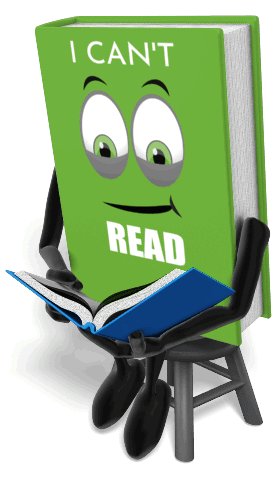
According to Dean Bragonier, founder and executive dyslexic of NoticeAbility, the dyslexic mind is able to “look at a situation, identify seemingly disparate pieces of information and blend those into a narrative or tapestry that makes sense” to them. Most people are unable to perceive the situation in the same way.
This ability translates into levels of exceptional success needed in some vocational paths, for example, entrepreneurship, engineering, architecture and the arts.
In spite of that, they are at a great disadvantage during their years in school.
There are three ways of accessing information: eye reading (print books), ear reading (recorded or audiobooks), and finger reading (braille). While information is commonly made available in braille for blind children, dyslexic children are mandated to eye read print books, and when they have trouble doing so, are labeled as lazy, stupid or unmotivated to learn.
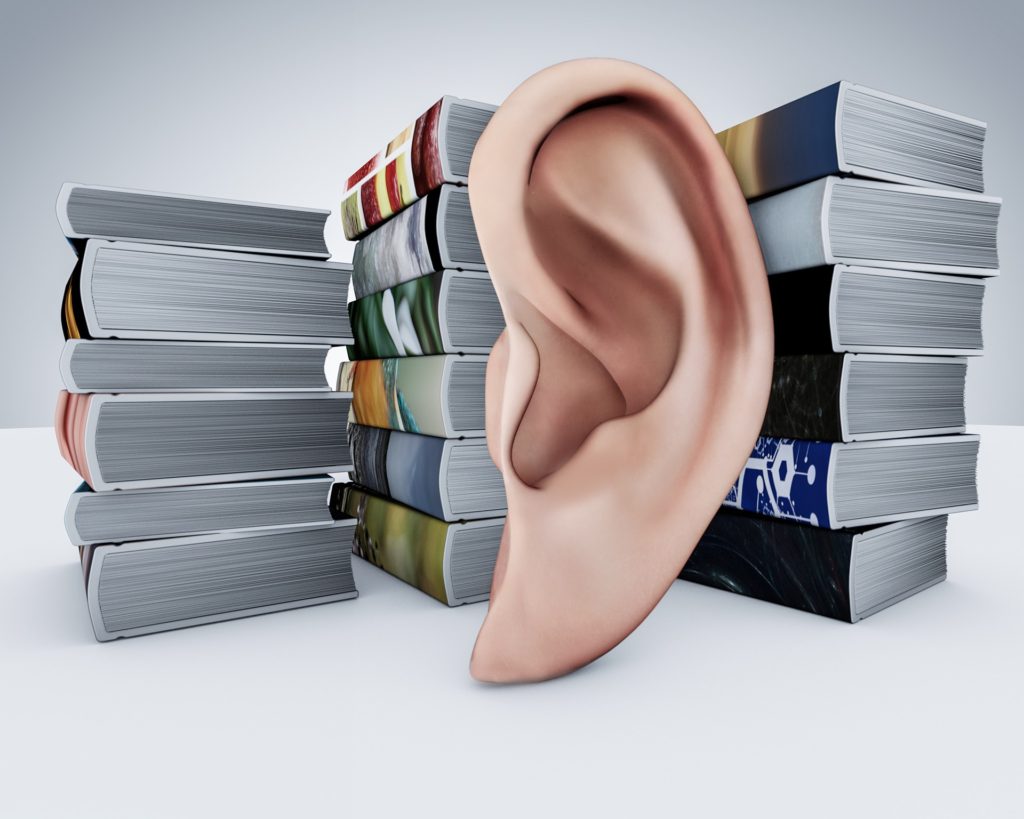
Ear reading is not new. As early as 1931, the American Foundation for the Blind and the Library of Congress Book for the Blind Project established the Talking Book Program. Here is an abridged history of audiobooks:
1934: The first recordings are made for the Talking Book Program and include parts of The Bible, The Declaration of Independence, and Shakespeare’s plays.
1948: The Recording for the Blind program is founded (in 1995 renamed Recording for the Blind and Dyslexic, and in 2011 renamed Learning Ally).
1952: Caedmon Records is formed in New York and is a pioneer in the audiobook industry.
1955: Listening Library is founded and is the first to distribute audiobooks to libraries and schools.
1970s: Libraries start carrying audiobooks.
1985: Publishers Weekly identifies 21 audiobook publishers including Caedmon, Recorded Books, Books on Tape, Harper and Row, and Random House.
1980s: Bookstores start to display audiobooks on bookshelves instead of in separate displays.
1986: The Audio Publishers Association is created.
1997: Audible debuts the first digital audio player.
2011: Audiobook self-publishing becomes possible with the Audiobook Creation Exchange (ACX).
2012: Audiobook annual publication increases 125% from 7,200 to 16,309.
(Source: The Audio Publishers Association)
Dyslexic clinical psychologist, Dr Michael Ryan, gives some recommendations when using audiobooks:
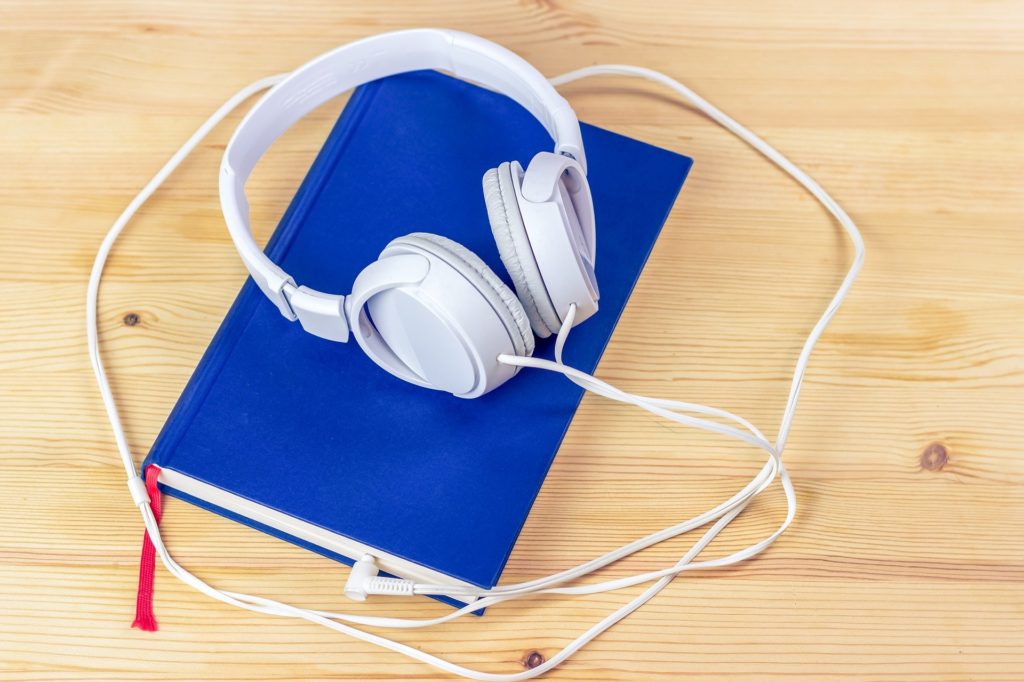
With this longstanding history, I wonder why aren’t schools more accepting of ear reading as a method for testing the knowledge of those children who are dyslexic, and audiobooks for textbooks?
What has been your experience with audiobooks?
Have you used recorded textbooks for your children?